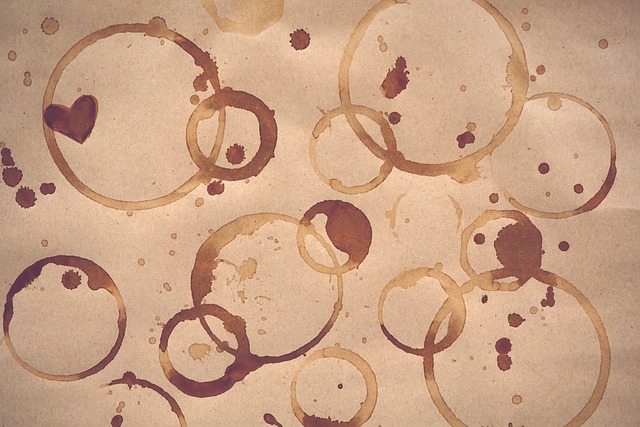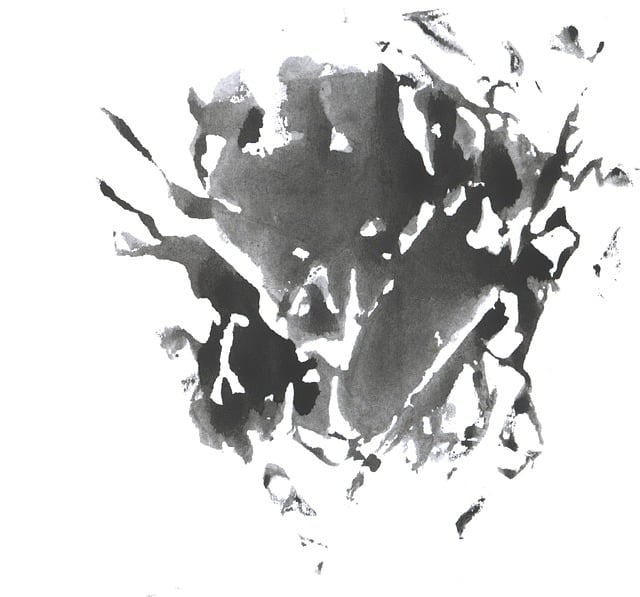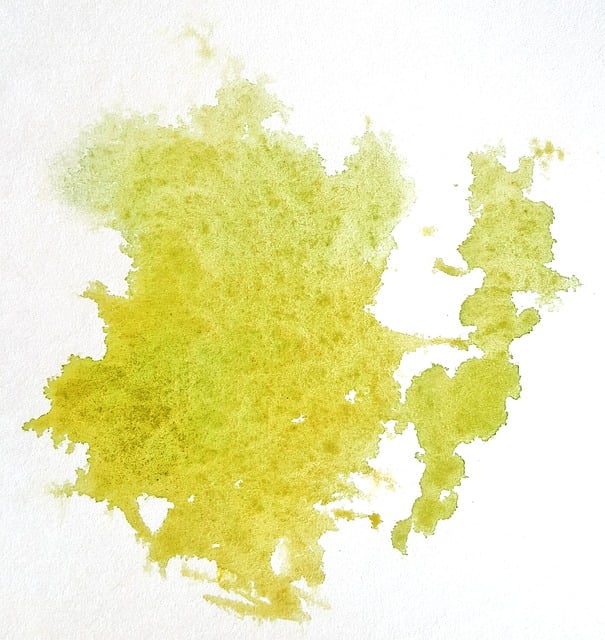Rugs require a tailored approach to stain removal based on fabric type (e.g., wool, silk, synthetic blends), understanding stain sources, and pre-treating. Key steps include blotting excess liquid, identifying stains, and applying appropriate cleaning agents (warm water + mild soap for water-based; white vinegar for oil-based). Natural remedies like baking soda and vinegar offer effective, affordable solutions. Chemical and steam cleaning are powerful techniques for complex stains but require professional expertise. For delicate rugs, spot clean gently using soft brushes and test cleaning solutions on hidden areas. Regular maintenance, protective coatings, and prompt stain removal prevent future damage. Persistent, severe staining may warrant rug replacement.
Looking to revive your rug and get rid of stubborn stains? This comprehensive guide is your go-to resource for effective stain removal techniques. From understanding unique rug fabrics and common stain causes to exploring a variety of cleaning methods, we’ve got you covered. Discover DIY solutions for everyday messes, delve into professional chemical cleaning options, or opt for a natural steam cleaning approach. Learn spot cleaning tricks for delicate rugs and prevent future stains from setting in.
Understanding Rug Fabrics and Stains

Rugs, with their intricate designs and diverse materials, require a nuanced approach to stain removal. Understanding the fabric types and common stain sources is half the battle won. Different rug fabrics, such as wool, silk, or synthetic blends, have unique properties that influence how they absorb and retain stains. Wool rugs, for instance, are known for their natural oils that can trap dirt and spills, while synthetic fibers might be more prone to absorbing liquids quickly.
Knowing these nuances allows you to tailor your stain removal techniques accordingly. Common rug stains range from everyday messes like food and drinks to pet accidents and dust. Identifying the type of stain is crucial as it dictates the best course of action for effective stain removal without damaging the rug’s fibers or fading its colors.
Pre-Treating Stains: First Steps

Before tackling any stain removal process, pre-treating is a crucial first step. It involves identifying the type of stain and selecting an appropriate cleaning agent or solution. Different stains require distinct approaches; for instance, treating oil-based stains differs from addressing wine or coffee spills.
Begin by blotting the surface to absorb as much of the liquid as possible. Then, depending on the stain, apply a small amount of the chosen pre-treating solution directly onto it. Let the solution sit for a few minutes to allow it to penetrate the fibres and break down the stain. This initial step significantly enhances the effectiveness of the subsequent cleaning process, ensuring better stain removal results.
Common Stain Removal Methods

Common Stain Removal methods for rugs involve a combination of quick action and effective cleaning techniques. The first step is to blot the stain immediately with a clean, white cloth or paper towel to absorb as much of the liquid as possible, avoiding the urge to rub which can spread the stain further. For dry stains, gently scrape off any solid residue using a dull knife or spoon.
Next, identifying the type of stain is crucial for effective stain removal. Common solutions include using warm water and mild soap for water-based stains, white vinegar for oil-based stains, and specialized rug shampoos or enzymes for tougher cases. Testing any cleaning solution on a small, hidden area of the rug first is essential to ensure it doesn’t cause discoloration or damage. Following the manufacturer’s instructions for application and rinsing ensures optimal results without damaging the rug’s fibers.
DIY Solutions for Everyday Stains

When it comes to rug cleaning, DIY solutions can be effective and budget-friendly for everyday stains. Before reaching for commercial products, consider some natural remedies that are safe and gentle on your rugs. For example, baking soda is a popular choice for absorbing odours and stain removal. Sprinkle it onto the affected area, let it sit for 15-20 minutes, then gently scrub with a soft brush or cloth. Another household staple, vinegar, can be used to remove various stains; simply mix white vinegar with water in equal parts, apply it to the stain, and blot until absorbed.
For more stubborn marks, try creating a paste from baking soda and water. Apply this mixture directly onto the stain, let it work for a few minutes, then scrub gently and rinse. These simple DIY methods are not only effective but also environmentally friendly alternatives to commercial stain removal products.
Chemical Cleaning: Professional Approach

Chemical cleaning is a professional stain removal technique often employed for stubborn or complex rug stains. It involves the use of specialized chemicals to break down and eliminate dirt, grime, and organic compounds embedded in the fabric fibres. This method is particularly effective for deep-seated stains caused by spills, pet accidents, or prolonged exposure to environmental contaminants.
Professional rug cleaners have access to a wide range of chemical solutions tailored for different types of fabrics and stain types. They follow strict protocols to ensure safe handling and application of these chemicals, minimizing any potential risks to the rug’s fibres and overall integrity. This approach offers a powerful solution for stain removal, restoring rugs to their original condition and extending their lifespan.
Steam Cleaning: A Natural Alternative

Steam cleaning offers a natural and effective approach to stain removal for rugs. This method utilises hot water and steam to penetrate deep into the fibres, lifting dirt and stains without harsh chemicals. It’s a gentle yet powerful way to clean, making it ideal for delicate rug materials. The process involves feeding steam through the carpet, allowing it to dissolve grime and then vacuuming up the resulting dirty water.
This eco-friendly technique not only removes stains but also helps to sanitise and deodorise the rug. It’s a popular choice for those seeking a chemical-free cleaning option that preserves the rug’s quality and longevity. Plus, steam cleaning can be done at home with accessible equipment, making it a convenient and cost-effective solution for stain removal.
Spot Cleaning Techniques for Delicate Rugs

When it comes to delicate rugs, spot cleaning is a gentle art. For fabrics with intricate patterns or made from fragile materials, direct agitation can cause further damage. The key is to act swiftly and carefully. Begin by blotting the stained area gently with a clean cloth or paper towel, absorbing as much of the liquid or solid substance as possible without rubbing. This initial step prevents the stain from setting deeper into the fibres.
For stubborn stains, mix a small amount of mild detergent or rug-specific cleaning solution with warm water. Apply it to the affected spot using a soft brush or cotton ball, being extra cautious not to over-saturate the rug. Work gently in small circles, then blot dry with a clean cloth. Always test any cleaning solution on a hidden corner first to ensure it doesn’t cause colour fading or damage. Regular spot cleaning and prompt attention to stains can go a long way in preserving the beauty and vibrancy of delicate rugs.
Preventing Future Stains

After successfully removing stubborn stains from your rugs, preventing future ones is key. Regular cleaning and maintenance can significantly reduce the risk of staining. Vacuum your rugs frequently to eliminate dirt, dust, and debris that could cause stains. Spot-clean any spills or accidents immediately using a suitable stain removal solution.
Consider treating your rugs with a protective coating or a stain-resistant finish. These products create a barrier between the rug’s fibers and liquids, making it easier to clean and preventing stains from setting in. Additionally, padding your rug with a high-quality underlay can absorb impact and reduce wear and tear, thereby minimizing the chances of staining over time.
When to Replace Your Rug

If your rug has persistent stains that cannot be removed, it might be time to consider replacement. Regular stain removal efforts can only go so far, especially for old or heavily soiled rugs. Stains like ink, wine, or pet accidents often leave permanent marks, and using harsh chemicals can damage the fibres, causing further discolouration.
Before replacing your rug, assess its overall condition. If it has seen better days, with frayed edges, significant wear spots, or a loss of colour, it might be more cost-effective to invest in a new one. Rugs with sentimental value or unique designs may also warrant replacement if they’ve reached the end of their usable life, even if stains can still be treated.
